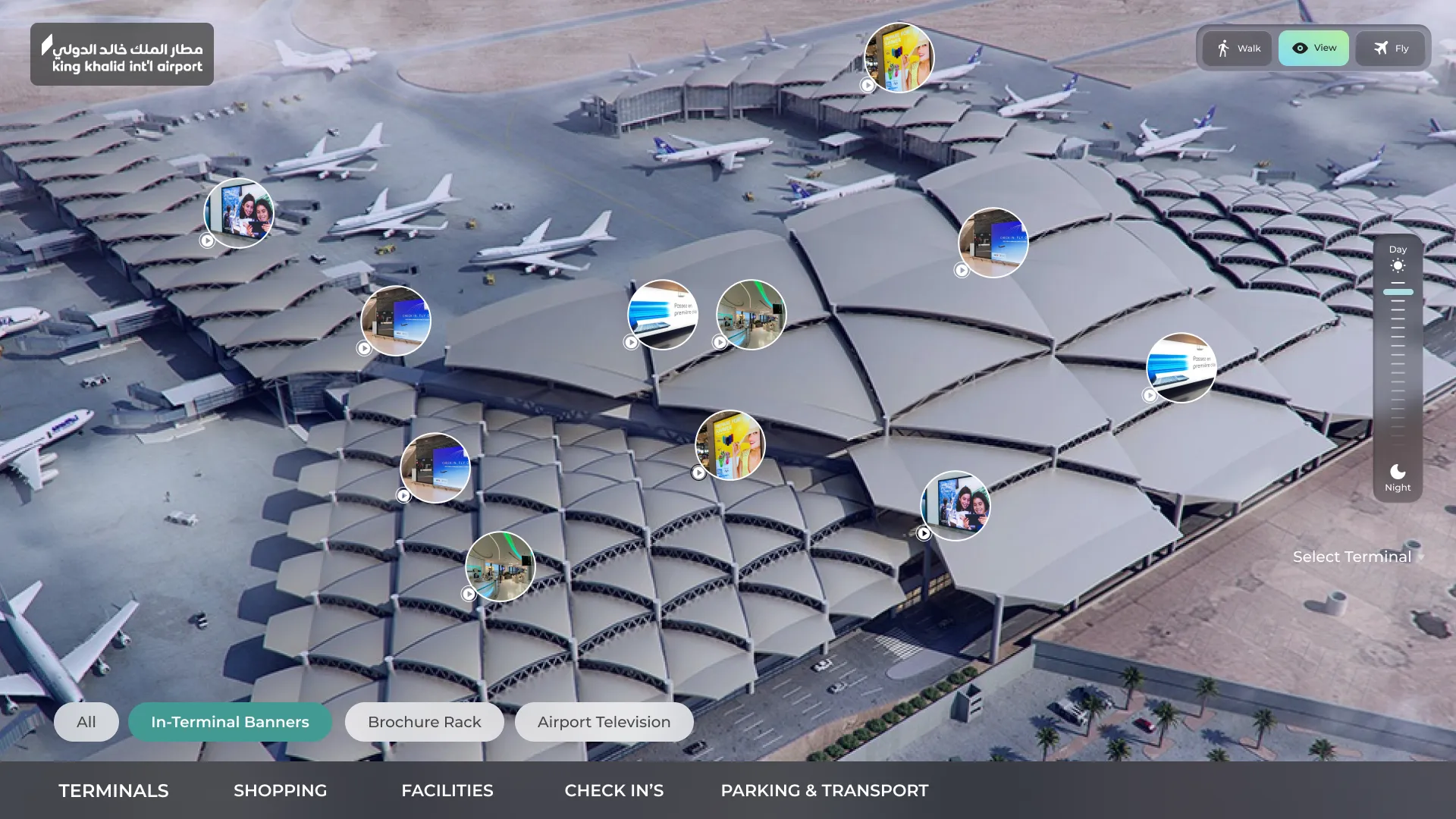Enhancing Airport Operations with Digital Twin Integration
Introduction:
An airport authority integrated Digital Twin technology to enhance airport operations, aiming to improve passenger flow, optimize resource utilization, and enhance overall airport efficiency.
Scenario Analysis
The airport faced challenges in managing increasing passenger volumes, ensuring smooth operations, and providing a seamless passenger experience. Traditional airport management systems were siloed and lacked real-time insights into passenger behavior and airport operations.
Product Integration and Benefits
- Passenger Flow Optimization: Digital Twins analyzed real-time data on passenger movement, queue lengths, and wait times to optimize security screening, baggage handling, and boarding processes, reducing wait times and enhancing passenger satisfaction.
- Resource Allocation Optimization: The technology optimized resource allocation by analyzing data on aircraft movements, gate utilization, and ground handling operations, ensuring efficient use of airport infrastructure and staff resources.
- Predictive Maintenance: Digital Twins utilized machine learning algorithms to predict equipment failures and maintenance needs, reducing downtime and ensuring the reliability of critical airport systems.

Conclusion
The integration of Digital Twin technology improved airport operations, resulting in enhanced passenger experiences, increased operational efficiency, and reduced costs for the airport authority. This technological innovation positioned the airport as a leader in airport management and customer service excellence.